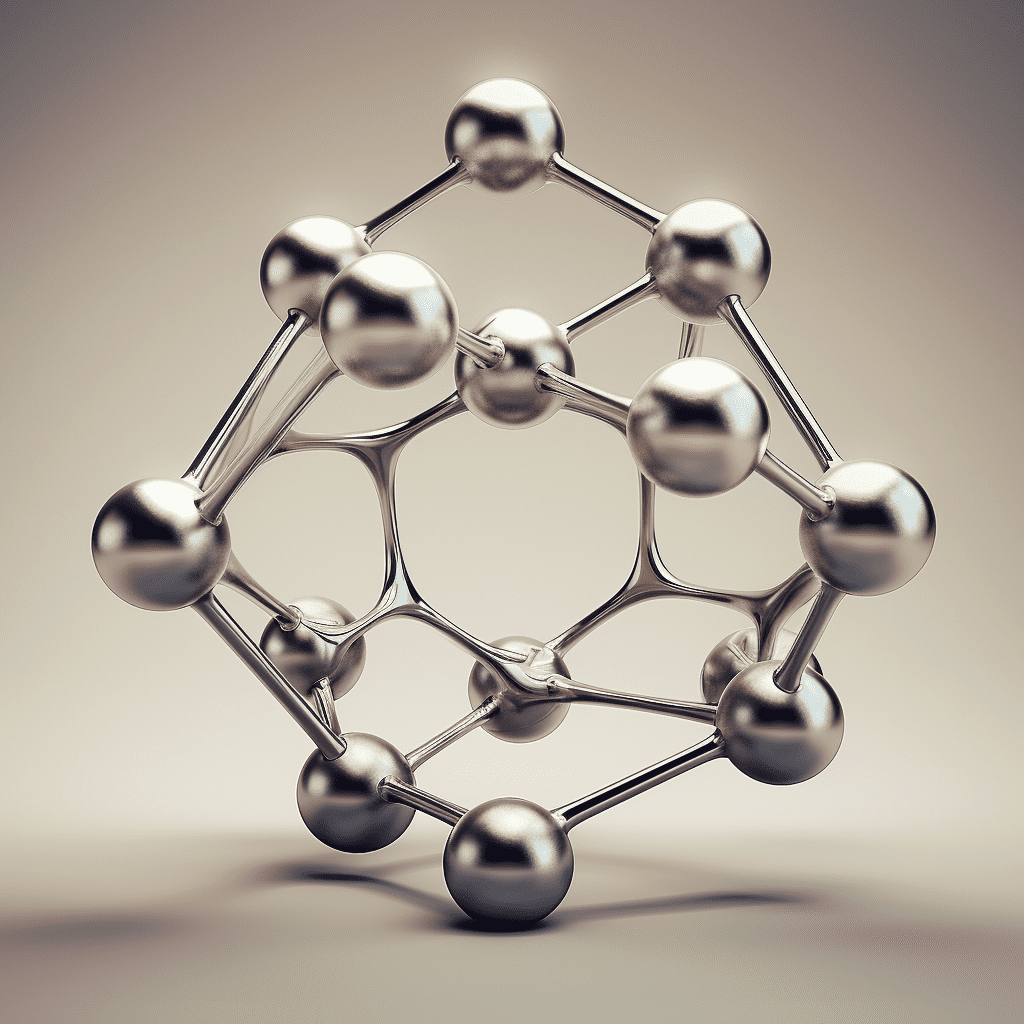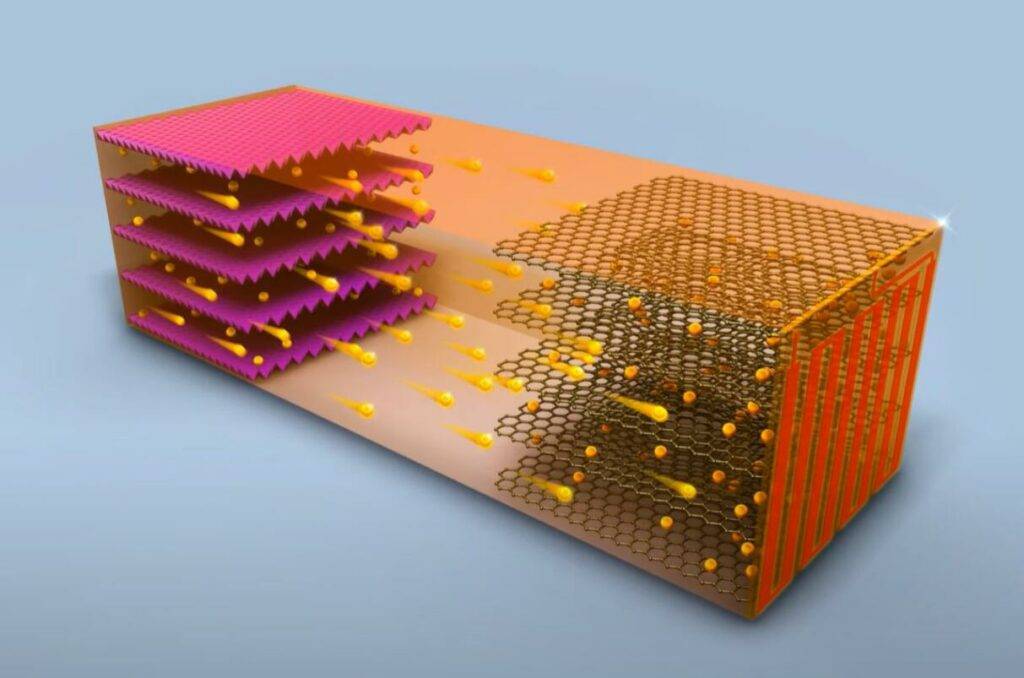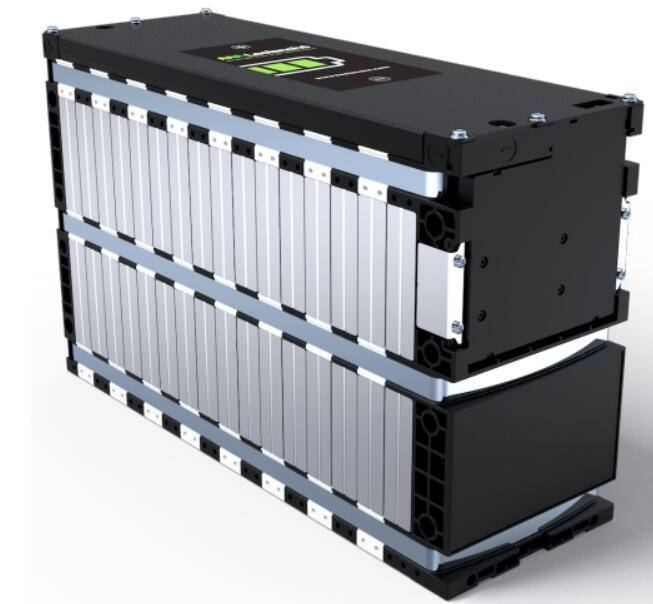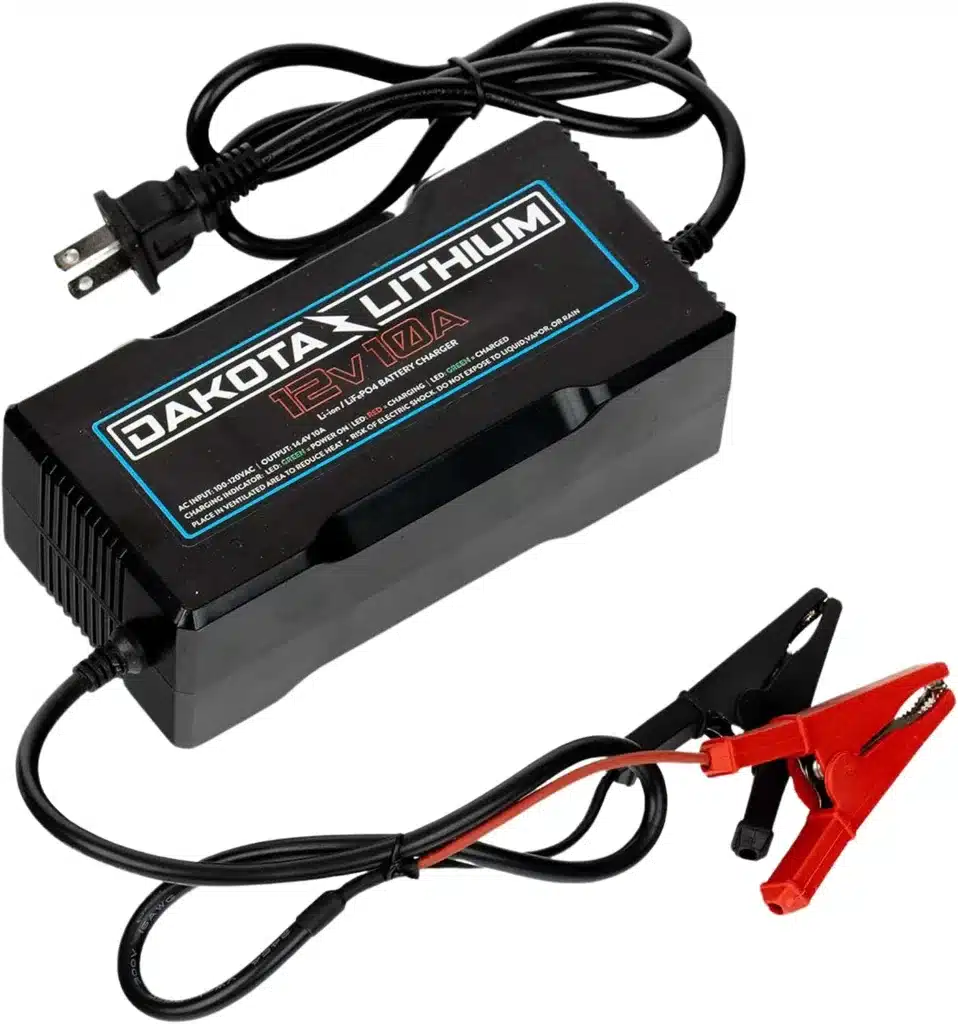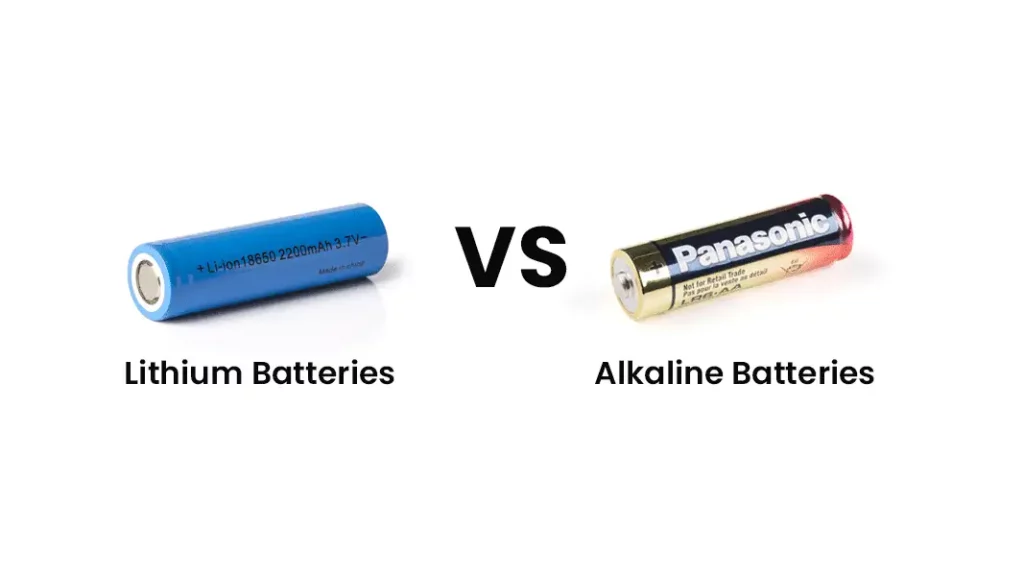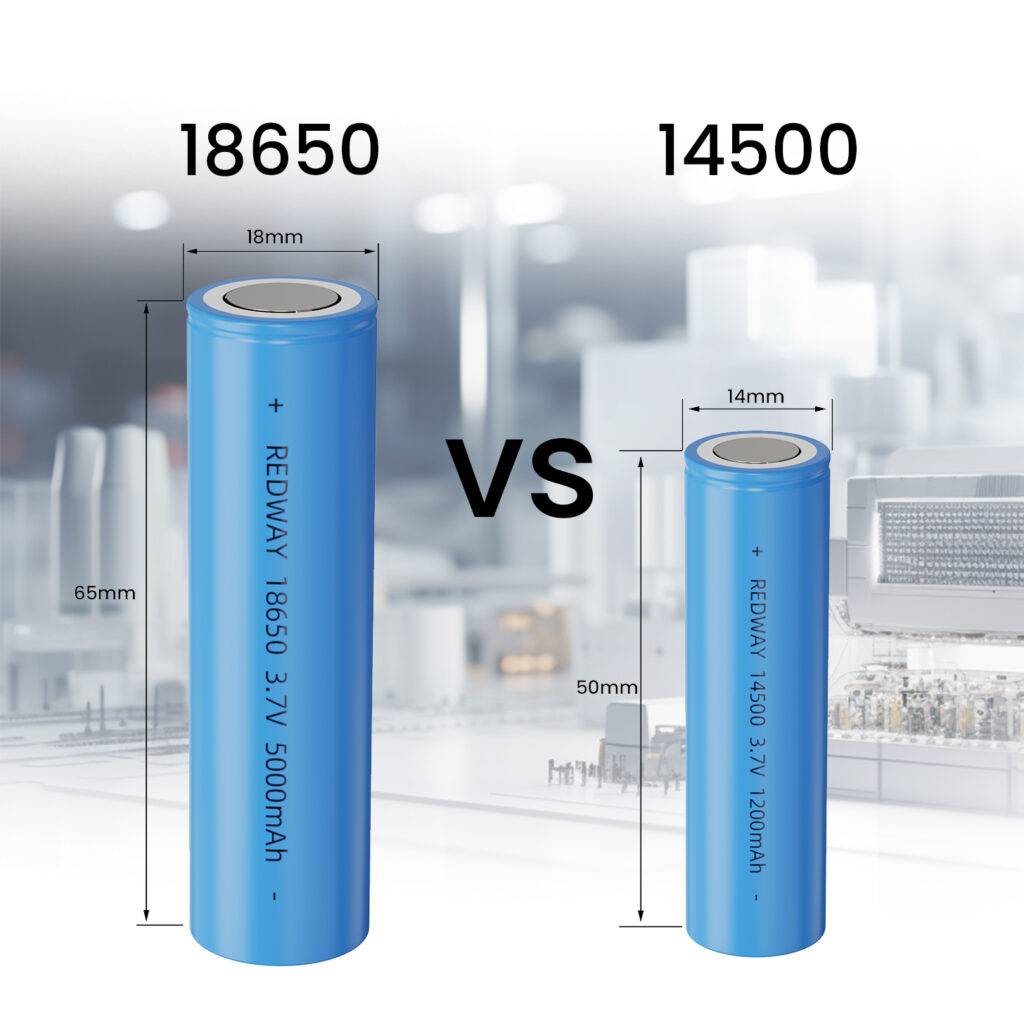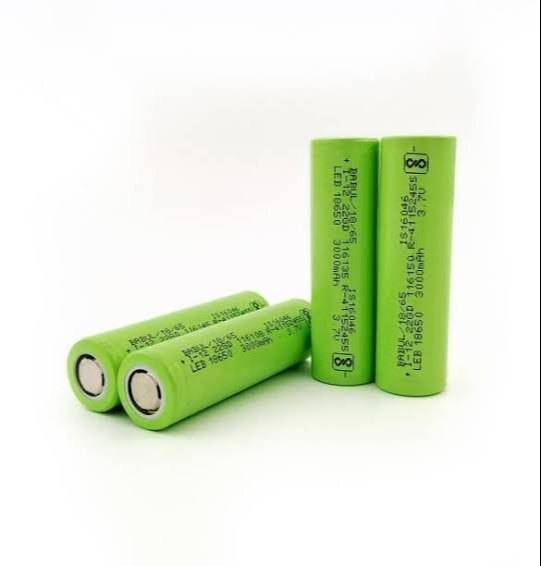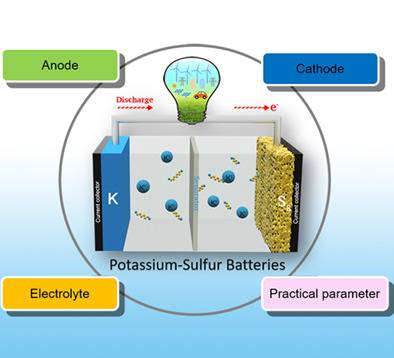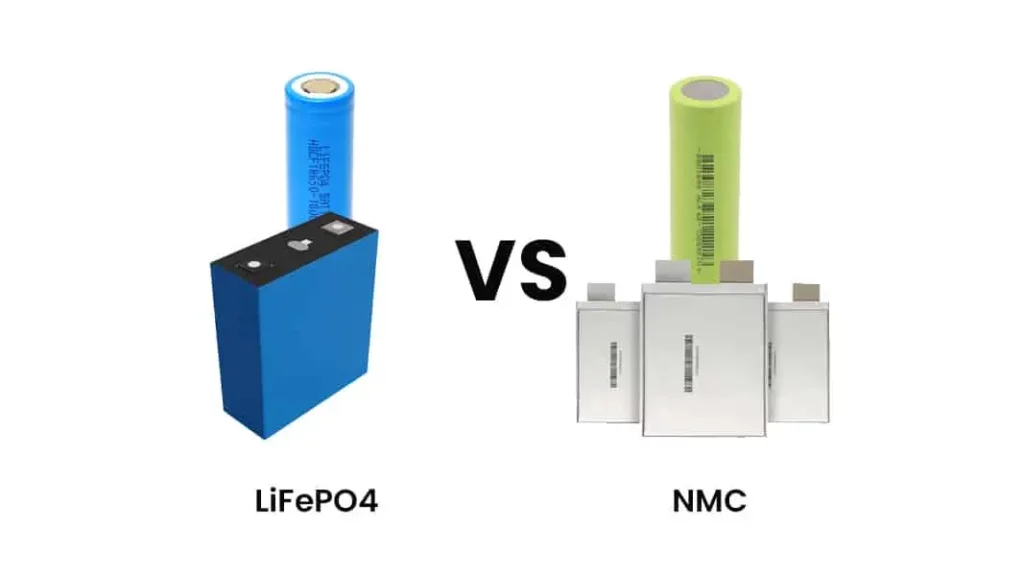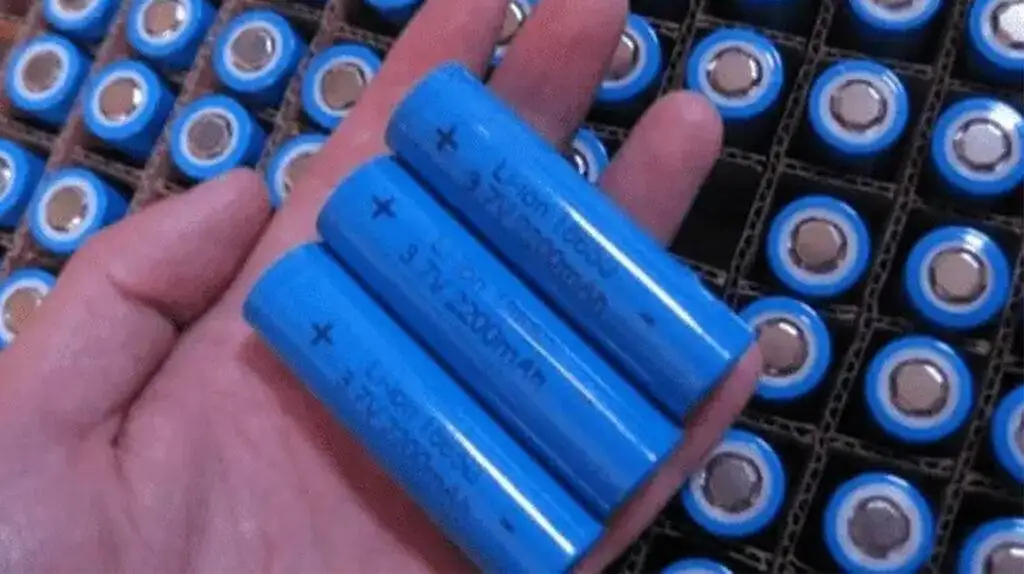Currently, lithium iron phosphate batteries are prevalent in the market and are applied to both the electric bus and electric passenger car markets. Questions related to charging lithium iron phosphate batteries are also gaining prominence, such as whether it’s okay to charge them daily or if it’s fine to charge them at any time. So, let’s take a look at the correct charging methods for lithium iron phosphate batteries.
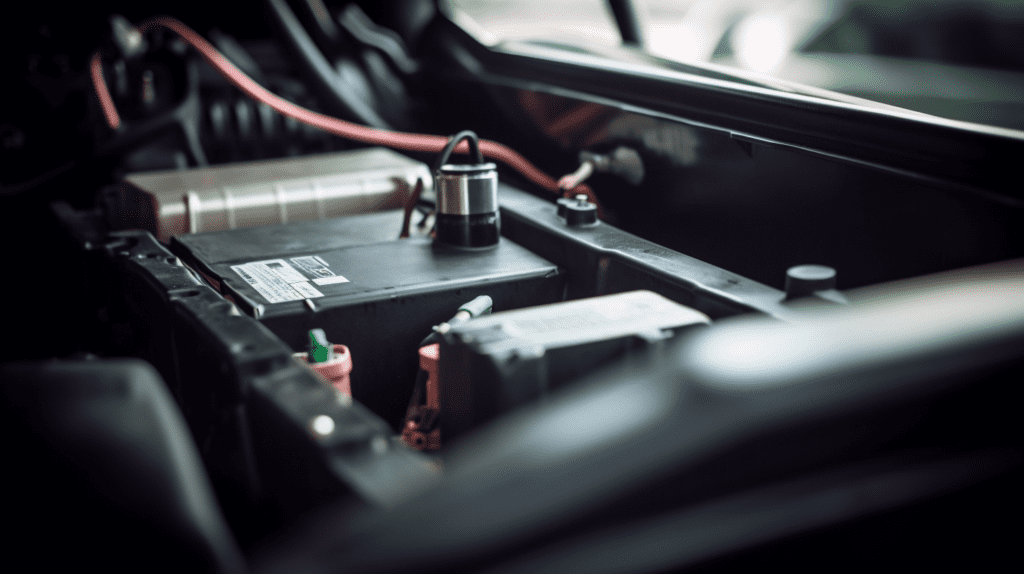
#post_seo_title
Correct Usage method:
In line with the working principle of lithium battery packs, the correct usage methods mainly include three aspects:
- Charging
- Discharging
- maintenance.
Precautions:
Correct Charging:
First, in terms of charging, the correct charging method for lithium battery packs mainly involves adhering to the principle of charging when needed, and stopping charging when the battery is full. This means charging the lithium battery pack when its charge is low, avoiding overcharging when the battery’s capacity is nearly full.
Prevent overcharging:
Furthermore, preventing overcharging is important. In the industrial sector, lithium-ion batteries offer fast charging capabilities. Unlike traditional batteries that might take 8-12 hours for a full charge, lithium battery packs with the same capacity can be charged to full in about 4 hours. It’s imsportant to recognize this speed and not overcharge lithium battery packs based on the charging duration used for traditional batteries.
Don’t use while charging:
Finally, don’t multitask. In simpler terms, avoid using lithium battery packs while they are being charged. The main reason for this is quite straightforward: this practice can reduce the battery pack’s lifespan.
Recommended method for Using Lithium battery:
Unreasonable use can lead to battery degradation, thus affecting battery life. Please pay attention to the following points:
Frequent fast charging is not advisable:
Many new energy vehicles support fast charging, which allows owners to quickly charge their vehicles to ensure normal operation. While fast charging is a convenient feature, frequent use can reduce the battery’s ability to recover and, in turn, decrease the number of charge-discharge cycles the battery can endure, ultimately causing some damage to the battery.
Leaving the vehicle parked in low temperatures for an extended period is not recommended.
New energy vehicles on the market mainly use either ternary lithium-ion batteries or lithium iron phosphate batteries. While their performance in low temperatures may differ, both battery technologies experience degradation in cold environments.
Regularly charging the battery at low levels is not recommended
Lithium-ion batteries do not have a memory effect, so electric vehicles can be charged as needed, much like smartphones. It’s advisable to avoid completely draining the battery before recharging.
Using heavy acceleration (pressing the accelerator pedal aggressively) is not advisable.
Electric vehicles have the characteristic of excellent acceleration performance, and some drivers enjoy the quick response. However, it’s important to be aware that heavy current discharges can lead to a sharp increase in the internal resistance of the battery and could potentially damage it if this driving style is used frequently.

